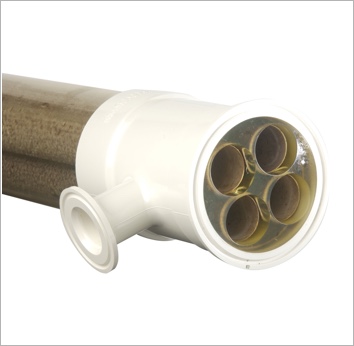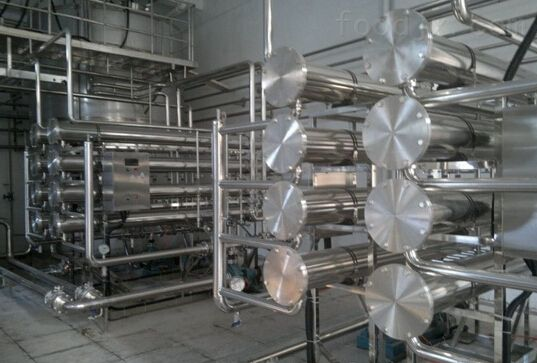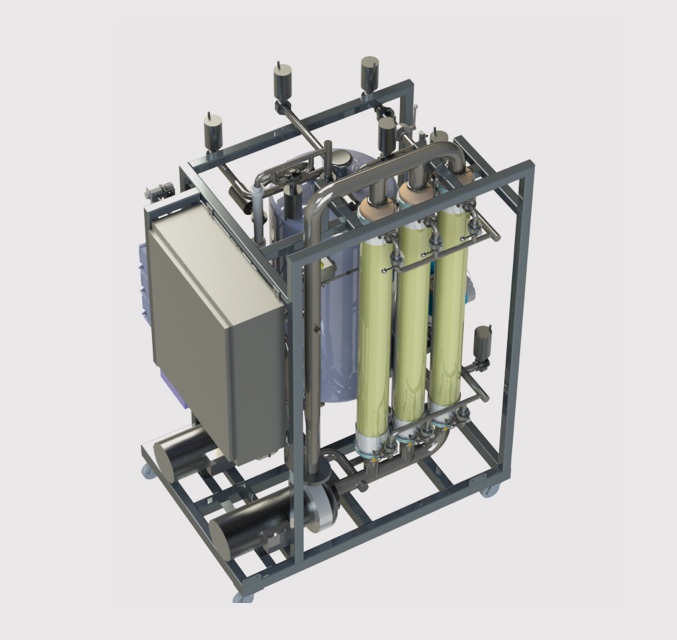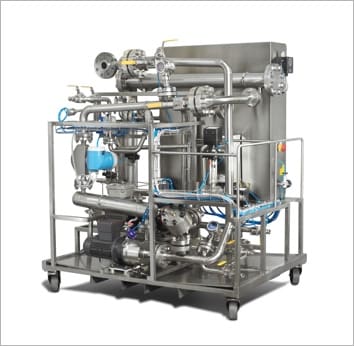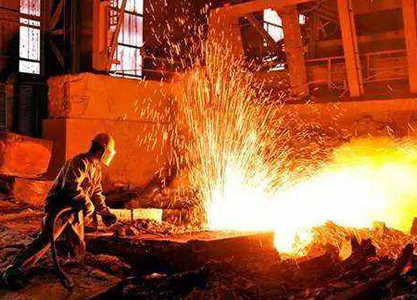The industry entered the stage of high-quality developmentChina's water quality monitoring industry development process is divided into four main stages. The first stage is the "Eleventh Five-Year Plan" period, mainly to monitor the construction of the network; the second stage is the "Twelfth Five-Year Plan" period, the focus of monitoring in the pollution source monitoring; the third stage is the "Thirteenth Five-Year Plan "during the establishment of a unified, comprehensive coverage of real-time online environmental monitoring and surveillance system, water quality monitoring focus on quality monitoring; the fourth stage for the "14th Five-Year Plan", "ecological environment monitoring planning outline (2020-2035)" pointed out that with the improvement of China's environmental conditions Improvements in water quality monitoring gradually to the water ecological monitoring change. At the same time, the "14th Five-Year Plan" will further optimize the water quality monitoring network, for example, the number of state-controlled cross-sections will be increased from 2050 to about 4000.Environmental spending: scaled backWith the continued rapid development of China's economy, urbanization and industrialization, environmental pollution is becoming increasingly serious, and the country is paying more and more attention to environmental protection. In recent years, as the country has increased investment in the construction of environmental protection infrastructure, a strong impetus to the market demand for related industries, the overall scale of the environmental protection industry has expanded rapidly, the industrial sector continues to expand, the industrial structure has been gradually adjusted, the level of industry has been significantly improved.Under the requirement of developing circular economy, the subject of energy conservation and environmental protection expenditure has been officially included in the national budget since 2006. According to data from the Ministry of Finance, in 2020, affected by the global epidemic, the scale of China's energy conservation and environmental protection expenditure was 631.7 billion yuan, down 14.10% year-on-year.In the first half of 2021, the global epidemic has improved compared to 2020, but the overall economy of the society is still in the recovery stage, the scale of China's energy saving and environmental protection expenditure is 243.2 billion yuan, down 8.6% year-on-year.Water quality monitoring points: wide coverageAccording to the data of the 2020 China Ecological Environment Bulletin published by the Ministry of Ecology and Environment on May 24, 2021, as of the end of 2020, the monitoring network of the Ministry of Ecology and Environment actually monitored about 1,000 precipitation monitoring sites in 465 cities (districts and counties) (including 337 prefecture-level and above cities and some county-level cities), 1,937 rivers and 112 lakes (reservoirs) in 978 Surface water quality evaluation, assessment, ranking cross-sections (points), 336 prefecture-level cities and above, 902 centralized living drinking water source monitoring cross-sections (points), 1350 seawater environmental quality state control monitoring points, 442 daily discharge of more than 100 tons of direct discharge sea pollution sources.Market size: more than 30 billion yuanAs the pace of national water environmental protection and governance gradually buy in, the market space for water quality monitoring is also gradually expanding, according to the demand for surface water monitoring, groundwater monitoring needs and pollution sources of water quality monitoring needs are measured, in 2020, China's water quality monitoring market size of about 38 billion yuan.The "14th Five-Year" period of surface water state control section will reach about 4,000According to the "Outline of Ecological Environment Monitoring Plan (2020-2035)" issued by the Ministry of Ecology and Environment, from 2020 to 2035, ecological environment monitoring will gradually expand to ecological condition monitoring and environmental risk warning on the basis of comprehensively deepening the monitoring of environmental quality and pollution sources, and building a comprehensive assessment system of ecological environment condition.In surface water environmental monitoring, according to water pollution control, water ecological restoration, water resources protection, "three water" needs, the integration of watershed and regional, watershed and land, biological and habitat, and gradually realize the water quality monitoring to water ecological monitoring change. "Fourteenth Five-Year" period, the number of state-controlled cross-sections from 2050 integration increased to about 4000.In the marine environment monitoring, to improve the quality of marine ecological environment, marine ecological security as the core, the construction of near-shore, offshore, polar and oceanic marine ecological environment monitoring system. During the "14th Five-Year Plan" period, the number of national control points optimized to about 1400.In the groundwater environmental monitoring, in accordance with the unified planning, hierarchical classification of the idea, the construction of key regional quality supervision and "double source" (groundwater-type drinking water sources and key groundwater pollution sources) monitoring the combination of the national groundwater environmental monitoring system. The formation of a multi-level groundwater environmental quality monitoring network, covering the country's major hydrogeological units, major watersheds, major plains and basins and more than 80% of the prefecture-level cities, and gradually grasp the overall condition of groundwater quality and trends.







